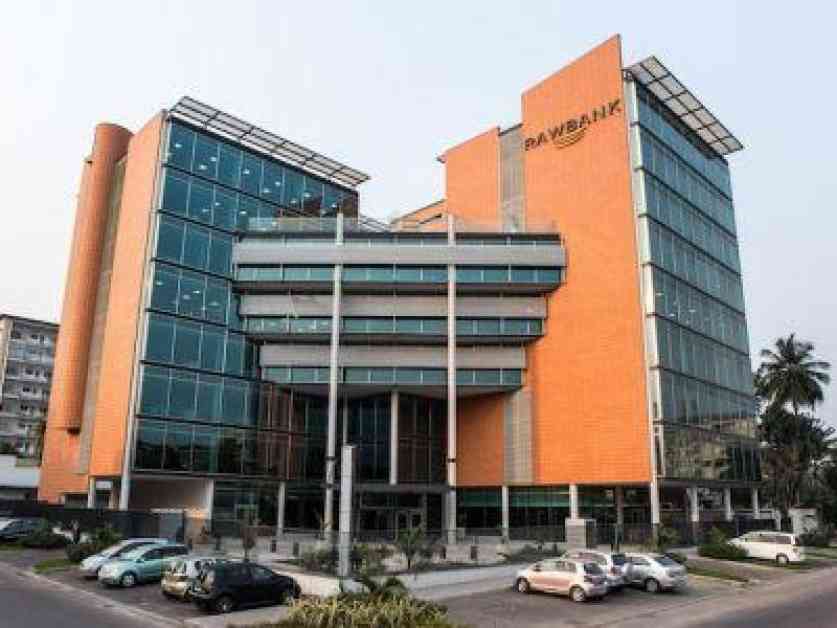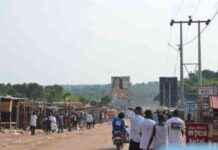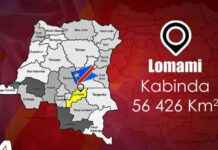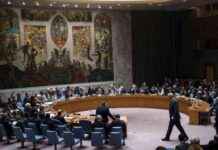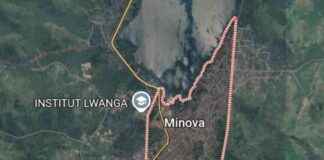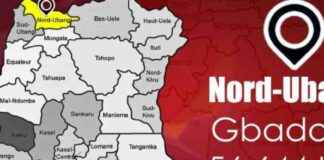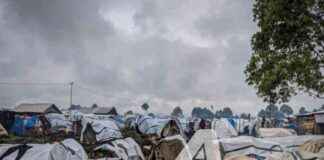Bank Deposits and Loans Surge in November 2024 in the Democratic Republic of Congo
Bank deposits in the Democratic Republic of Congo reached $13,928.86 million at the end of November 2024, showing a monthly increase of 1.94%, as per data from the Central Bank of Congo (BCC). Deposits in foreign currency rose by 8.54%, while those in the national currency grew by 1.31%. Foreign currency deposits make up 90.7% of the total, highlighting the dominance of the US dollar in banking transactions.
The Breakdown
Breaking down the distribution of deposits by depositor category reveals that households and private businesses hold 33.15% and 32.79% of total deposits, respectively. This distribution sheds light on the preferences and patterns of depositors within the banking sector.
Credit Expansion
Gross loans also saw an uptick, rising by 0.88% in November to reach $8,507.40 million. This increase is attributed to a rise in loans extended to private businesses, households, and small and medium enterprises (SMEs). Loans in foreign currency saw a 0.96% increase, while those in the national currency decreased by 0.17%, reflecting the changing dynamics of currency preferences in borrowing.
Banking Landscape in the DRC
Despite these positive trends in bank deposits and loans, a study conducted by Deloitte in 2022 revealed that the level of banking penetration in the DRC remains low, at around 6% for a population of nearly 80 million. This figure falls significantly below the African average of 15%, indicating room for growth and development in the Congolese banking sector.
The banking sector in the DRC is primarily dominated by Equity BCDC and Rawbank, holding 24% and 22% market shares, respectively. Their outstanding customer loans amount to $998 million for Equity BCDC and $935 million for Rawbank, according to Deloitte’s data.
Through the lens of these statistics, it is evident that the banking landscape in the DRC is evolving, with increasing deposits and loans shaping the financial ecosystem. As the country strives for economic progress and financial inclusion, these developments mark a step towards a more robust and dynamic banking sector, catering to the diverse needs of depositors and borrowers alike.
